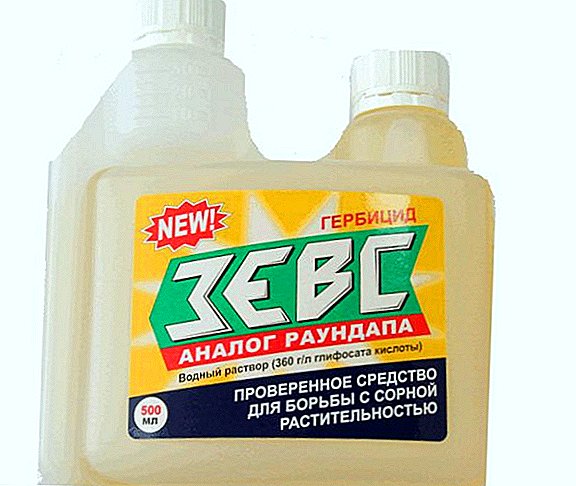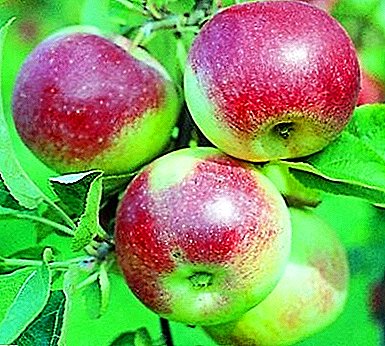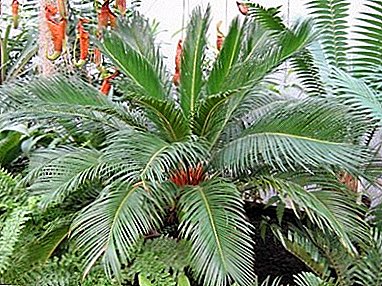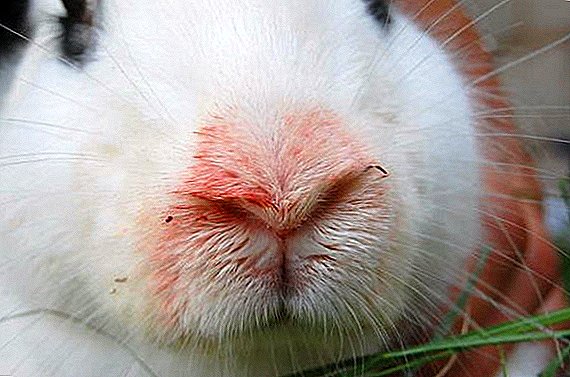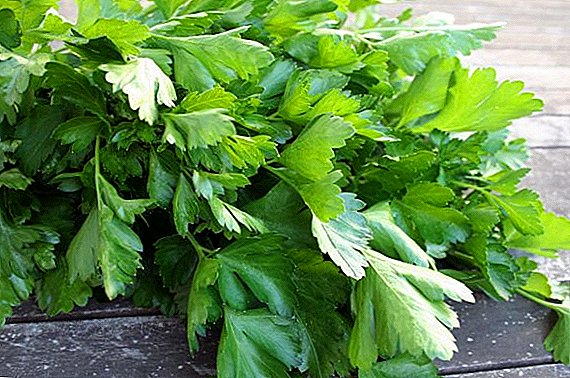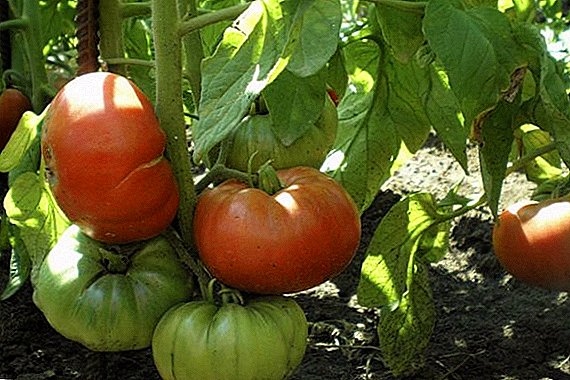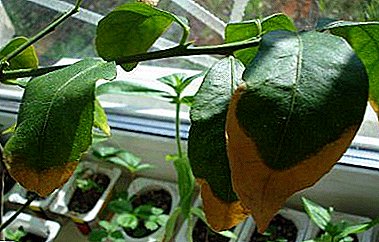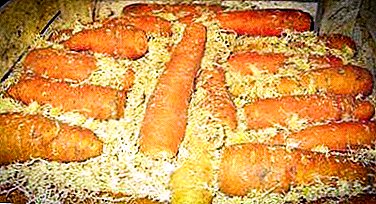
Of all the root crops that grow in the garden, carrots are the most difficult to maintain. This is due to the tender skin of the vegetable and high susceptibility to putrefactive processes. Farmers have come up with many ways to store carrots: in bags, in sand, clay, or right in the ground.
Moss storage is an old and effective technique. At the same time, the vegetable preserves its texture, integrity, color, and even in spring it looks as if it had just been gathered from the garden.
Description and useful properties
Carrots are a biennial plant that belongs to the umbrella family. In the first year of growth, carrots bear fruit, and in the second, seeds. Carrot fruits are fleshy, mostly orange.
This is a useful vegetable that has a variety of vitamins and trace elements that are beneficial to the body:
- B vitamins;
- vitamin C, K, E, A (carotene);
- trace elements (potassium, cobalt, phosphorus, chromium, fluorine and others);
- essential oils;
- proteins in the amount of 1.3%;
- carbohydrates in the amount of 7%.
Due to the abundance of vitamins, raw carrots are used as an additional tool in the treatment of visual diseases, diseases of the oral cavity, liver and gastrointestinal tract, and beriberi. Carrot juice is especially useful for lactating mothers. Boiled carrots should be consumed by patients with diabetes.
Root Vegetable Preparation
For long-term storage only whole carrots are suitable, without any signs of rot and damage. At root vegetables should not be traces of slices of a shovel or from the bites of pests (ants, medvedki). Also There are special varieties of carrots that are designed for long-term storage:
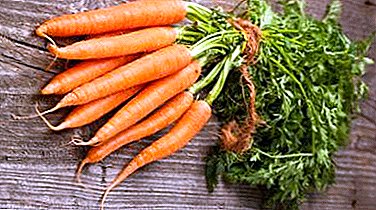 Gribovchanin.
Gribovchanin.- Nantes.
- Monanta
- Mango.
- Nandrin.
- Incomparable.
- Moscow winter.
- Typhoon.
- Valeria.
More resistant to long-term storage varieties, the roots of which are conical. Earlier all begin to deteriorate varieties with short fruits. The longer the carrot is in the ground, the more organic acids and vitamin C it contains. Such root vegetables are more useful, but they are especially susceptible to spoilage during storage. The fruits harvested from the garden at the age of 100-110 days will survive best of all.
Attention! To carrot remained juicy, it must be stored not cut.
Features of the method
There are many ways to store carrots, but moss-sphagnum is very popular. This is a perennial plant that grows in marshland. Moss has antibacterial properties that stop the processes of decay.
Advantages and disadvantages
The benefits of sphagnum are much greater than the disadvantages. Among them is the ease of moss (it does not weigh down the boxes with its weight), and also:
- Moss conservation property: accumulates and retains carbon dioxide, which has a beneficial effect on the state of the crop;
- hygroscopicity of sphagnum: adjusted air moisture exchange;
- high content of iodine: the element has bactericidal and disinfecting properties.
The obvious minus is the difficulty of finding and preparing peat moss. It does not grow in any locality, and before laying carrots in it, the moss needs to be dried qualitatively, which will take extra time.
How to save for the winter?
Carrots are dug out from the beds, cleaned of adhering soil, cut off the tops. You also need to cut the upper part of the vegetable even cut, thickness - 1 cm. Be sure to dry the crop in the sun. Before the carrot goes to wintering, it should be carefully selected.
Poorly stored fruits that have fallen under the aggressive influence of external factors. These include:
- plentiful watering (beds with carrots should not be poured much);
- bad soil;
- overfeeding with nitrogenous fertilizers;
- bad weather conditions.
Important! Carrots for long-term storage should not be soft, lethargic. For the winter harvested only hard roots with a rough skin.
For storage in moss will need packaging (boxes of wood or plastic), sphagnum moss and carrots themselves.
detailed instructions
 Preparation of moss produced at any time of the year. Collect and prepare it as follows.
Preparation of moss produced at any time of the year. Collect and prepare it as follows.
- Scissors cut off the top living layer of moss or remove it manually.
- After the moss is collected, it needs to be well wrung out, remove garbage and darkened twigs from it.
- Moss can be stored wet in plastic bags in a cool place.
- To dry, moss should be hung out so that its branches are at a short distance from each other. This procedure will help sphagnum retain its natural elasticity.
- The drying process is long. When sphagnum dries well, it will turn white. Then it is packed in paper bags and stored at a temperature of 20-25 degrees. Harvested moss is suitable for use only for a year.
How is the carrot laying:
- At the bottom of the boxes lay out layers of moss and carrots, alternating them.
- The first layer is moss, the next is carrots and so on until the box is filled.
- Root crops should not be in contact with each other: so they will last much longer and will not deteriorate.
Alternative
For long-term storage of carrots, you can use wet moss. For this autumn, you need to collect the sphagnum manually, put it on the bottom of the enamelware. Place the carrots in a bowl over moss. Alternate layers of sphagnum and carrots. When the container is filled to the top, it is covered with a canvas cloth and sent to the basement for the winter.
Watch a video on the topic: “Carrots - how we store sphagnum in the moss, cellar, and refrigerator until spring. Harvest from your plot "
Possible problems
When storing carrots in the moss, there may be some problems. Here are some of the most frequent:
- Carrot freezes. Such a problem may occur if the temperature in the room where the carrots are stored falls below -2 degrees. In this case, the harvest of carrots must be further warmed with felt.
- Root crops germinate or wither. The appearance of this problem contributes to impaired air exchange, the level of which is immediately difficult to determine. To solve this problem is simple - you need to cut off the grown tops and toss the roots with chalk, as well as reduce air microcirculation.
- The invasion of rodents. Pests can chew root crops. Dried mint or canufer (tansy) will help to escape from them. Boxes need to be covered with stalks of tansy, and rodents will not touch them.
- Mold, fungi. The problem appears due to the fact that the room was not previously prepared. Before laying the harvest, it is necessary to treat the walls of the cellar with a solution of bleach, whiten them.
Carrots - a vegetable rich in vitamins and microelements, useful for the human body in any form. Many varieties are suitable for long-term storage. To root vegetables retain their good and beautiful appearance until the spring, they must be properly stored. Storage in the moss is a proven way to enjoy the taste of the root crop in the winter and even in the spring.


 Gribovchanin.
Gribovchanin.